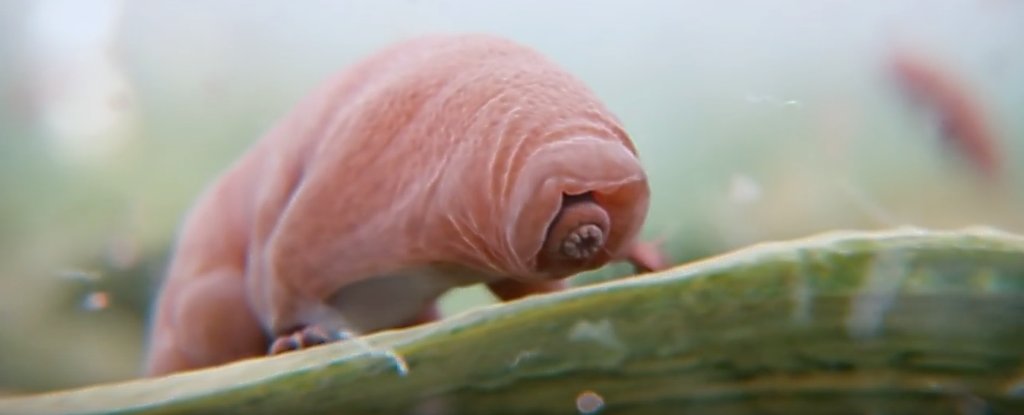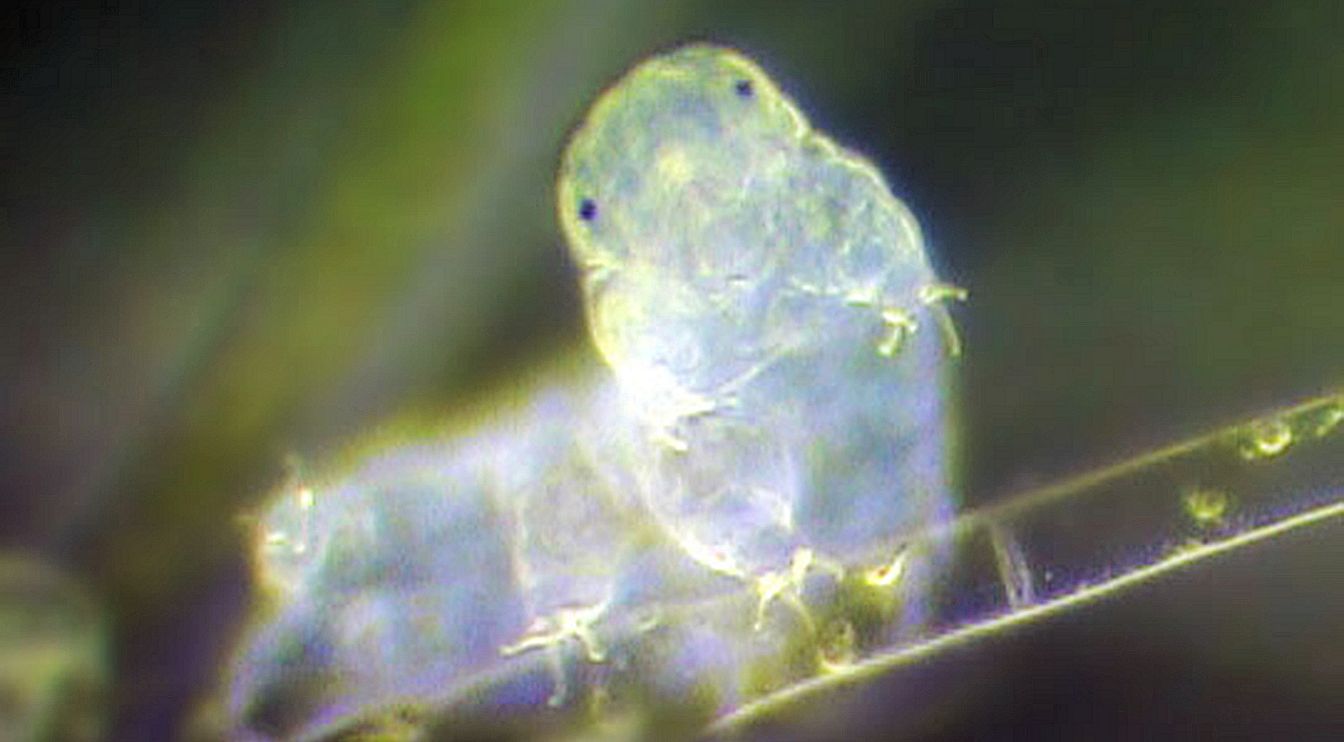
What It Is
Tardigrades – microscopic invertebrates also known as water bears or moss piglets – are unique animals that can survive some of the most extreme conditions in the natural world, including long-term desiccation with almost complete loss of bodily fluids, boiling and freezing, severe ionizing radiation, and prolonged exposure to the vacuum of space. However this latest research has even the experts baffled.
New research shows that in order to endure desiccation, tardigrades are able to make a glasslike substance which they use to coat essential cell parts in their bodies, until the tiny animals come in contact with water again. “When you remove the water, they very quickly coat themselves in large amounts of glassy molecules. That’s how they stay in this state of suspended animation,” lead researcher and molecular engineer, Juan de Pablo, said at the time.
Biologist Thomas Boothby from the University of North Carolina and his colleagues declared that the genes responsible for the production of tardigrade glass are called intrinsically disordered proteins (IDPs). These proteins are shapeless and irregular under normal conditions, but when extreme drying occurs, several of these proteins are produced, and they proceed to arrange themselves into solid “bioglass”.
The Implications
Yeast and bacteria were engineered to manufacture tardigrade glass proteins, and when these were put under extremely dry conditions, they were better able to endure being desiccated. This could lead to the engineering of drought-resistant crops.
IDPs may also find use in medicine. Boothby and his colleagues claim IDPs could prevent enzymes from drying out, and can significantly cut the cost of vaccine storage. “[A]round 80 percent of the costs of vaccination programs in developing countries comes from having to keep vaccines cold,” they report.
“The enzyme [lactate dehydrogenase] loses its activity when dried out,” Tina Hesman Saey at Science News explains. “But when the researchers mixed the enzyme with the glass proteins before drying, the enzyme bounced back to normal activity when rehydrated. Mixing in water bear proteins after drying didn’t help, indicating that the glass proteins need to encase other molecules to protect them.”
